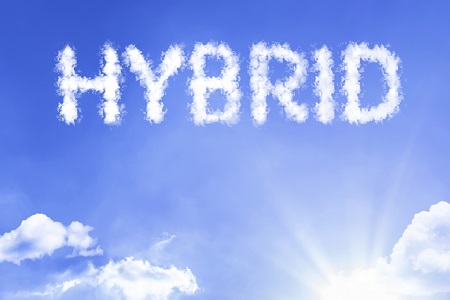When cloud applications first started getting big, some technology experts were predicting that companies would move their entire technology stack to the cloud. Even five years ago, Salesforce.com had revolutionized the way that many large businesses managed their CRM data, and it seemed to many like the transition was just the first domino to fall in the total migration from in-house servers to full cloud storage.

That didn’t happen.
It’s not likely to happen any time soon either. While there are plenty of reasons to move products to the cloud, it’s become much clearer that some on-site hardware is around to stay for a while. Unless your network connection is extremely powerful, you don’t want to have every single file being accessed by internal users to have to travel halfway across the country in order to get to your office. And as we’ve covered before, the cloud can be a major productivity booster if it’s used correctly, but it isn’t magical; it’s only as secure as its weakest link, and it doesn’t necessarily have higher uptime than an on-site server, either.
The buzz behind cloud migrations has shifted to “hybrid” migrations. As you’d expect, a hybrid cloud uses a combination of on-site hardware and cloud services – it might also involve an off-site “private cloud,” where you have computing resources dedicated only to your company. What makes a hybrid cloud different from just “having some of our software in the cloud” is that the on-site software and cloud software are configured to share data between each other.
For instance, you might move your email server to the cloud using Office365, but keep your file server on-site. This makes sense for many organizations – having emails on the cloud makes them easier to access remotely, but storing large files remotely would slow down numerous tasks in most offices. The key to leveraging the hybrid cloud model to make your organization more efficient is to ensure that these programs are working together to present a unified network to your users.
Ultimately, where data is coming from should feel transparent to your end users – all that matters to them is that, when they try to access that data, it’s always easy to access, and it’s always ready to go. If that’s not your experience, then it’s probably time to consider what could be done better.
Considering a move to a hybrid cloud? Contact WingSwept at 919.779.0954 or email us at Team_WingSwept@WingSwept.com and ask about our Managed Services to learn how this solution would work for your business.
